By now you will know that to achieve a photograph you need light, without light there is no photo. We will repeat it on the blog as many times as necessary and without losing our smile. That is the first, very first lesson. And that's why we have this mega guide with everything you need to know about lighting in photography. Of course, the circumstances that one wishes when pressing the shutter button do not always occur and you often find yourself in situations where you have little light, or worse, no light at all.
Well, the latter is very difficult, because as long as you are not in a dark room there is always a little bit of ambient light. Then what do we do? Give up trying? Well, if it is a session that you can postpone, then perhaps it is better to postpone it, but if it is an unrepeatable moment, a place that you are not going to return to or an event that you cannot change, of course you are not going to throw in the towel, The only thing you are going to throw away is photos and not exactly in the trash.
In today's article I am going to give you some tricks to make the most of the little light you have and get illuminated images. You stay? I warn you that this is a challenge that you will encounter many times (although I put my hand in the fire that has already happened to you).
- make way for the light
- Move the subject or object closer to the light source
- spot metering
- Make a correct exposure
- Raise the ISO value
- Use bright targets
- Use slow shutter speeds
- Using bounce or diffuse flash
- use reflectors
- When it comes to kids...
- Adjust the white balance well
- Image Stabilizer
- Practice
1. MAKE WAY FOR THE LIGHT
I will start with the most obvious. Yes, I know, it's too obvious, but don't believe it, you have to remember it many times because, sometimes, with the rush, the nerves of the moment, the concentration on the creative composition, the fatigue, the obfuscation of each one, blah, blah, blah... we forget the essentials. Open doors, windows, curtains, raise blinds, turn on lights... Look for the light!
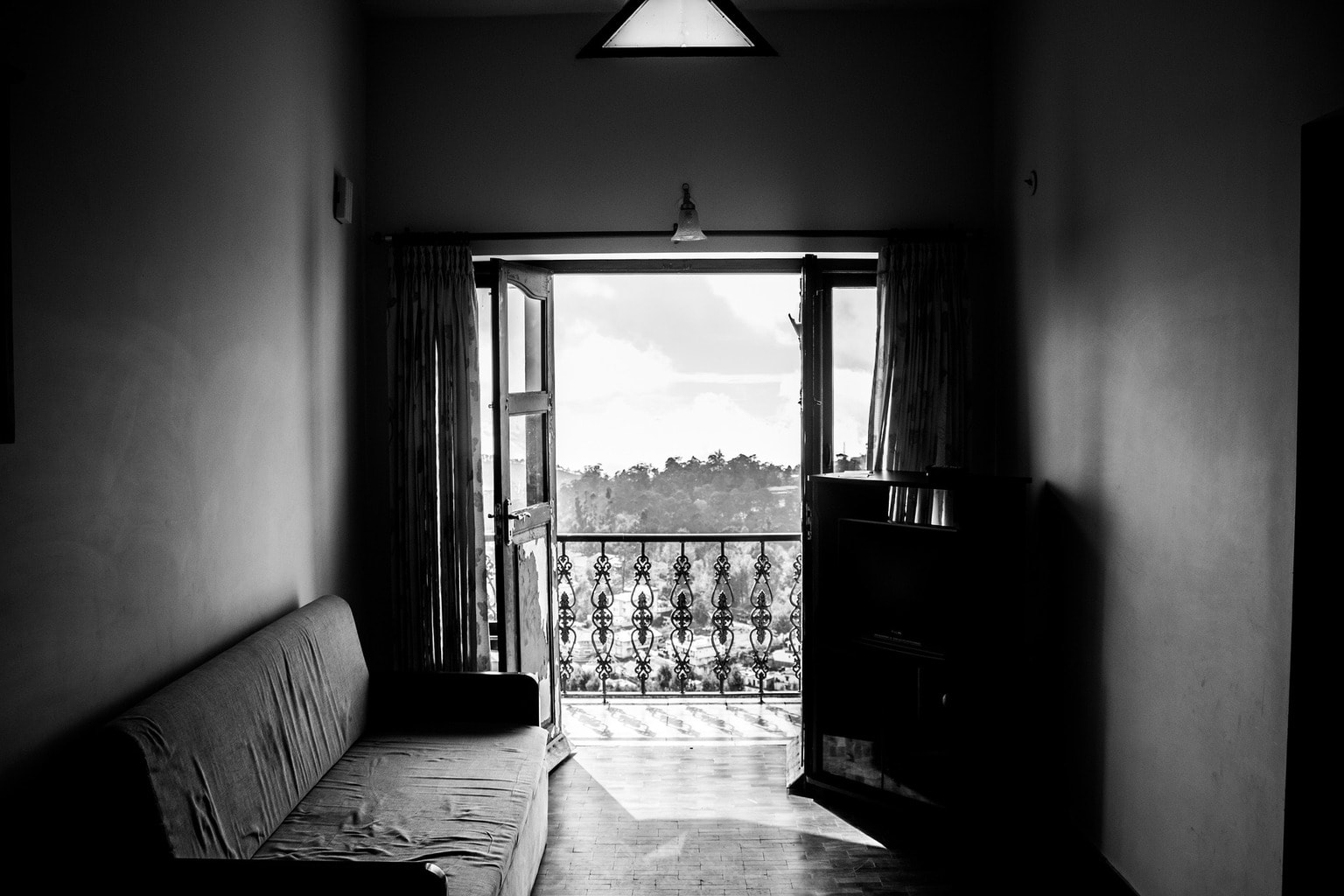
2. BRING THE SUBJECT OR OBJECT CLOSER TO THE LIGHT SOURCE
I say almost the same as in the previous point, obvious but necessarily repeatable (abundantly if necessary). If you can bring your motif closer to a light source, a window, a lamppost, a lamp or some candles, any light, no matter how small, will help you. If your character is not moveable, you can try moving the light source closer (if there is one available that can be moved).
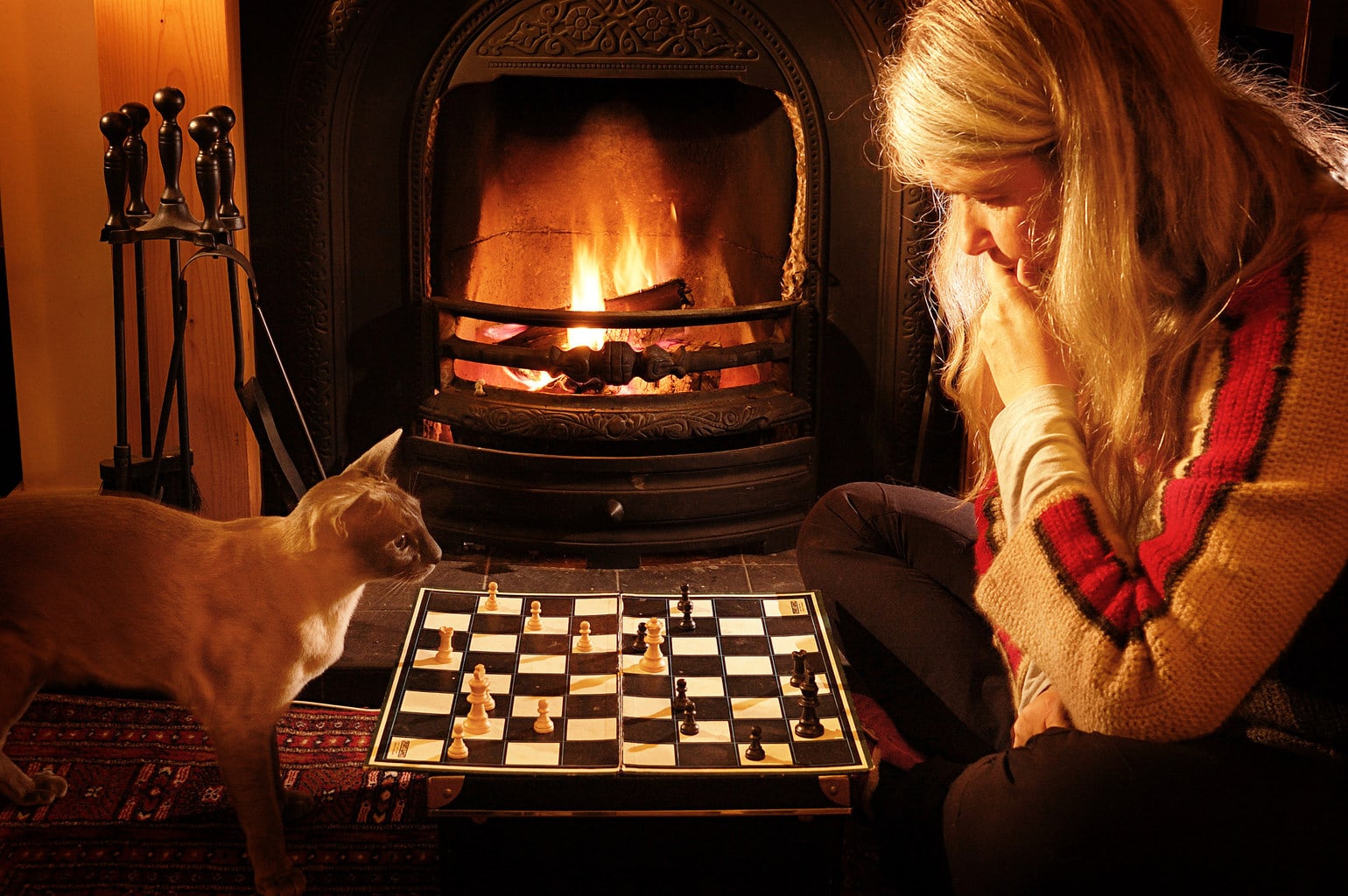
Let it serve as an introduction to the most novice or as a reminder to the most clueless and forgetful minds, but these first two steps cannot be skipped. From here, we continue talking about other terms ?
3. SPOT METERING
Use the spot metering mode , as in low light conditions it is more difficult to make accurate measurements. In this way you measure just what you want to be well exposed and without having to worry about the rest.

4. MAKE A CORRECT EXPOSURE
This works the same when you have light and when you don't, except that in low light conditions it becomes more important. If you are not sure how to do it, here is a detailed guide .
5. RAISE THE ISO VALUE
In many articles we have advised you to set the ISO value to the minimum to avoid noise. Today, however, I will tell you to turn it up as high as your camera will allow you (and the noise is not too annoying). Since a photo with noise is preferable to losing a great moment.
In some photos, noise can be a creative element , in others, you will have to increase the value to a point where it does not spoil the image too much or allows you to capture a unique and unrepeatable moment.
Depending on what type of image you want to take or what moment you want to capture, you will have to weigh.
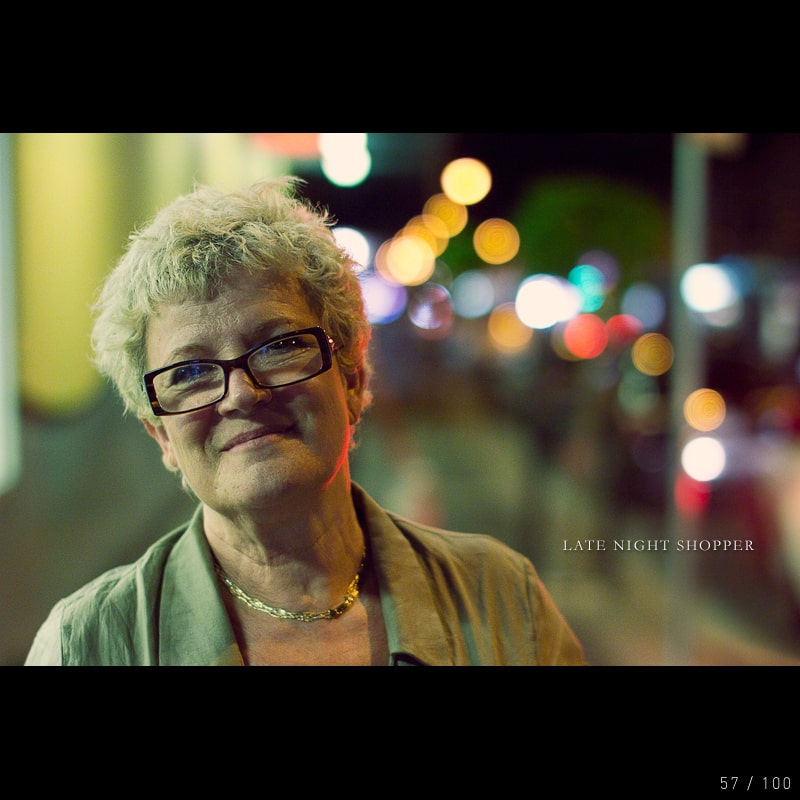
6. USE BRIGHT TARGETS
Using a wide aperture is one of the tricks that will work best for you. Use the brightest lens you have or can get your hands on, i.e. one with a large aperture (as small an “f” number as possible), such as the one Mario calls The King of Lenses, 50mm f 1 / 4 . In low light, a large aperture will undoubtedly be a great ally.
If you don't have a bright lens, nothing happens, if the largest aperture offered by your lens is f/3.5, for example, then use it and if it's not enough, resort to the following trick.
7. USE SLOW SHUTTER SPEEDS
In addition to using a wide aperture, you can shoot with slow speeds , in this way the diaphragm will remain open for longer, thus allowing more light to enter. What happens in this case? That you'll need a tripod for slower speeds or at least a foothold for intermediate speeds.
If you are photographing people, they will hardly be able to stay still enough to use a speed of less than 1/25, if you do not want a shaky photo, make sure of this speed.
Although it is also possible that the people in the image are not protagonists and may appear in motion with an interesting creative effect, remember that here you are the artist ?

In case it is not very clear to you how this shutter speed thing works, Mario explains it to you here in a very clear way, like water ?
8. USE BOUNCE OR FADE FLASH
If the previous options are not enough or you cannot make use of some of them, you will probably have no choice but to pull the flash. And here the trick is not to tell you to use it, but to:
- That you avoid using the flash that is built into the camera and that you bounce or blur the handheld flash . If you don't have a diffuser, a little trick is to use a white handkerchief, a white plastic bag, or a piece of tissue paper (also white). To bounce it, direct the flash to the ceiling or to the side, depending on where you want the light source to be. If you bounce off a white surface it will reflect much more light. By bouncing or diffusing the flash, the effect will be less artificial and, above all, the resulting light will not be so harsh and you will avoid unwanted shadows.
- That if you have no choice but to use the built-in flash because you don't have another, at least diffuse the light by placing a tissue around it or with a homemade diffuser.
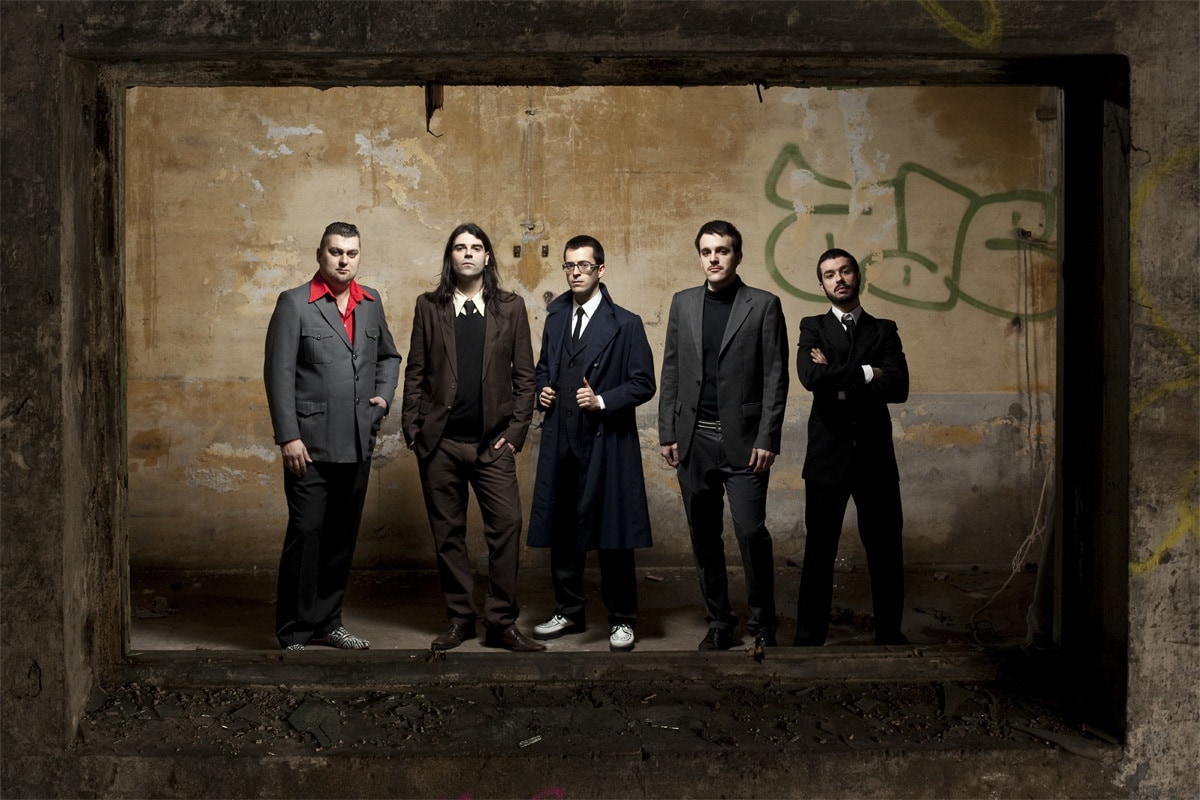
Another option is to play with the flash to achieve creative photos, see this example:
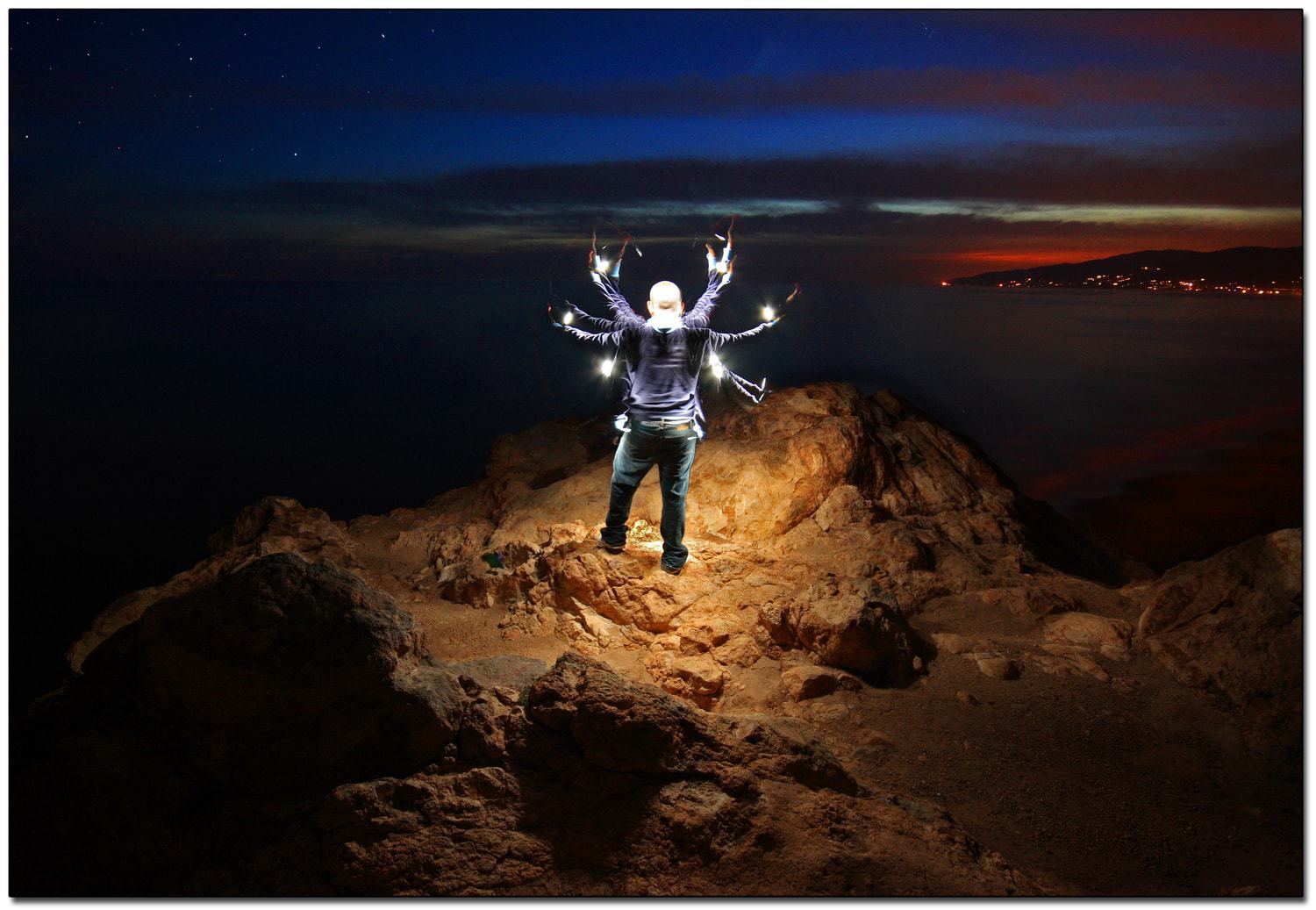
9. USE REFLECTORS
The reflectors work just as well with natural light as with artificial light, use them to direct the light to your main subject. You can use natural reflectors, like snow or sand, or pop-up reflectors like these.
Another trick is to wear white clothes, if you are, you will be the best reflector ? At least the t-shirt or shirt, in this way you will reflect the existing light on the subject in front of you ?
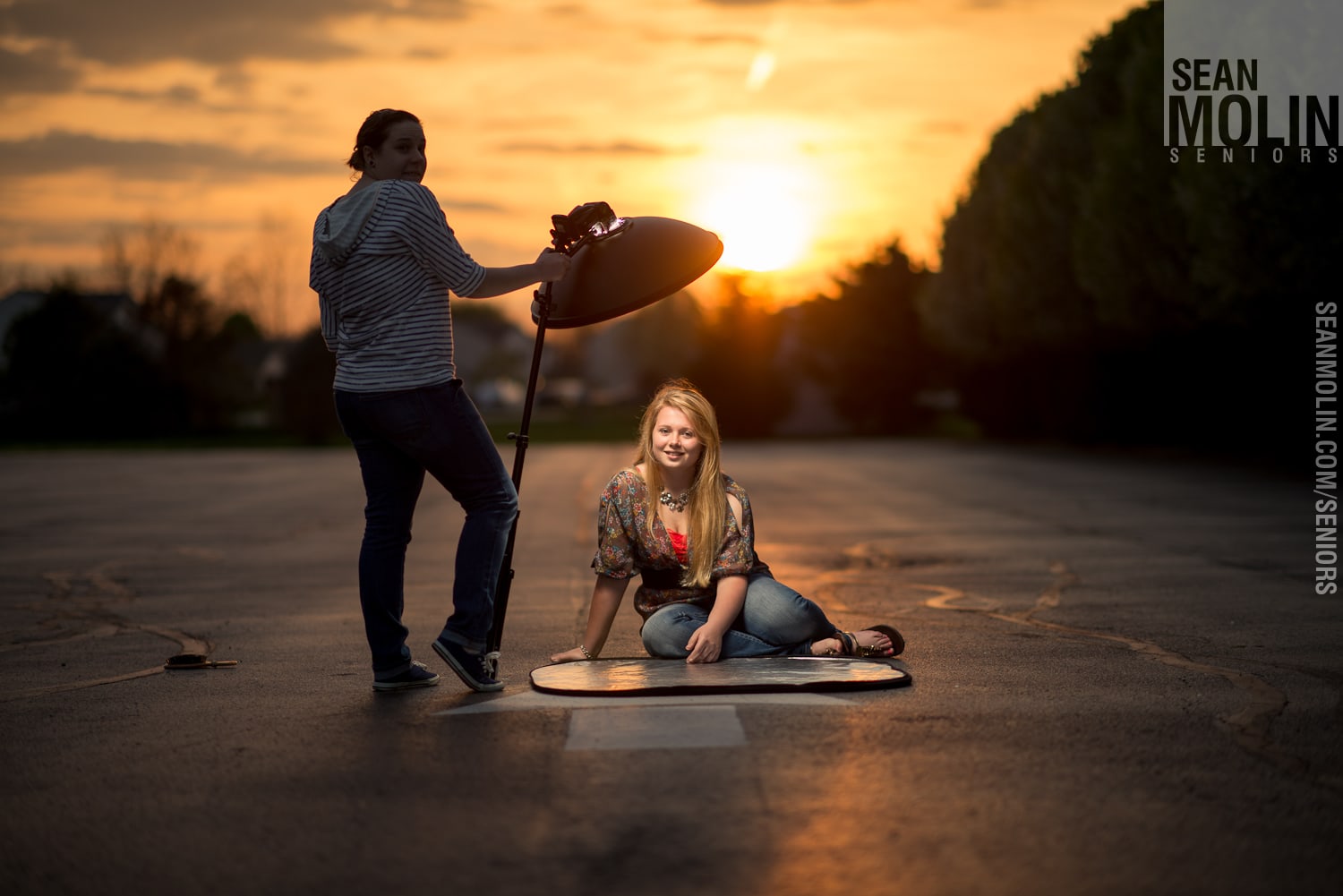
10. WHEN IT COMES TO KIDS…
If you're working with a child, don't expect his patience to match your needs, better test beforehand and wait for the right moment in the right place for him to stand (or walk by) and shoot. But don't make him suffer by testing and adjusting. It won't hold ?
And try to leave the trick of slow speeds as a last resort because, unless he is sleeping, he will hardly stay still. If you don't want it to move, you won't be able to use low speeds.

11. GET THE WHITE BALANCE RIGHT
Another trick to achieve good results is to adjust the white balance. It is not the same if you use the flash, if you use the light of a candle or a light bulb or if you take advantage of that little ray of sun that is sneaking through the window.
If you shoot in RAW you can modify it in the edition, if not, you better not forget to adjust it.

12. IMAGE STABILIZER
To finish (or almost), if you have an image stabilizer, do not forget to activate it to avoid trepidations. In case you use a tripod, you won't need it ? .
13. PRACTICE
This last trick is the most infallible of all. It will be useless to read this article if you do not put it into practice. The only way to get well-lit photos in low light is to shoot over and over again. Making mistakes, rectifying and making mistakes again. This is the only way to learn and achieve it almost without thinking about it. Do not wait to find an opportunity like this to apply these tricks, look for it and try it and when a real opportunity comes, you will know how to face it without fear (of the dark).
These tricks will serve you both separately and in combination. Evaluate in each situation what is best for you, or what tricks are more feasible for you to use.

![13 TRICKS TO GET GREAT PHOTOS IN LOW LIGHT SITUATIONS [UPDATED]](https://photographychef.com/wp-content/uploads/2023/02/13-TRICKS-TO-GET-GREAT-PHOTOS-IN-LOW-LIGHT-SITUATIONS-UPDATED.jpg)
